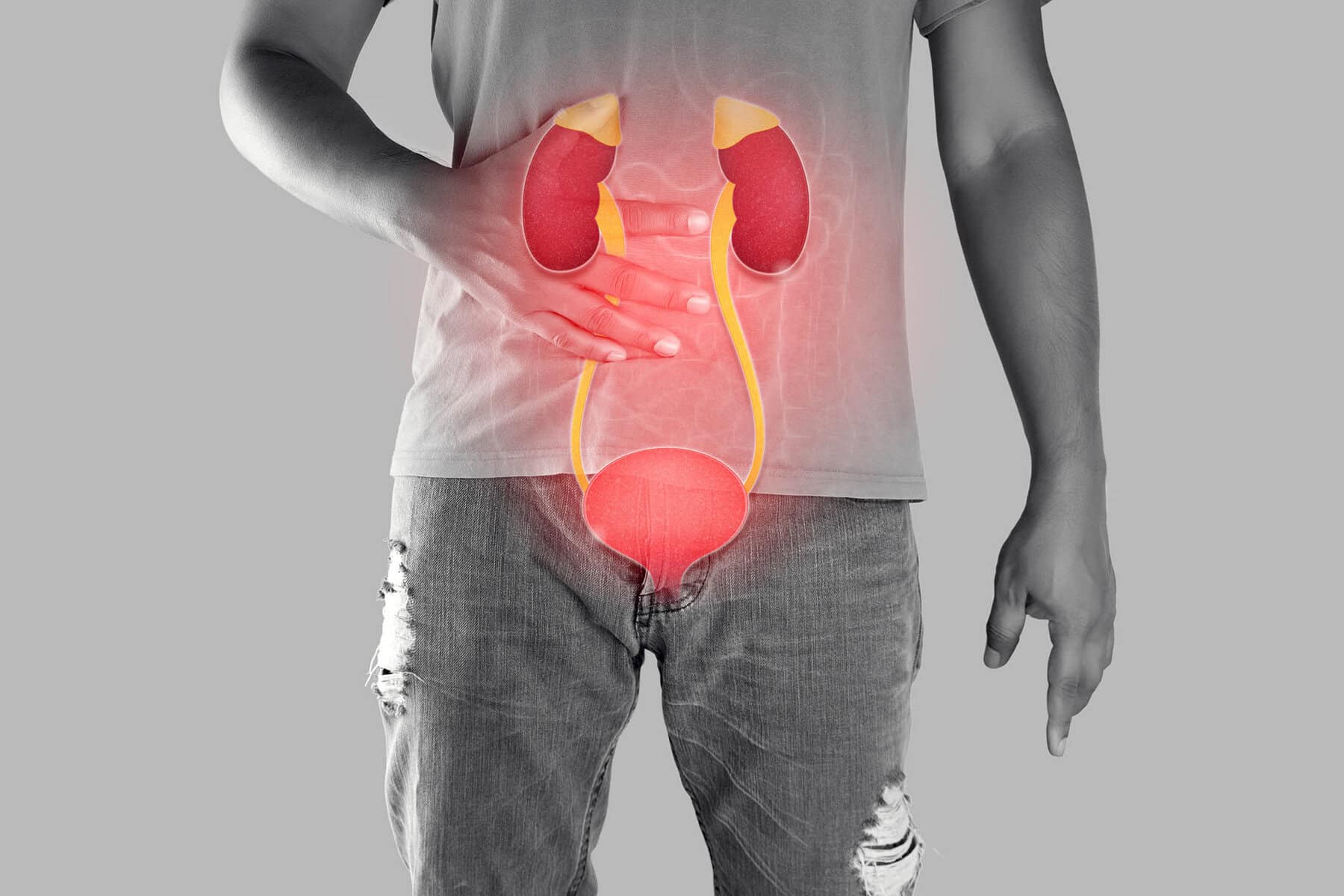Expert Suprapubic Catheter Insertion at The Forbury Clinic
Relieve bladder issues with expert suprapubic catheter insertion at The Forbury Clinic. Submit an enquiry for a free consultation and access our state-of-the-art treatment options.

Overview
Suprapubic catheter insertion is a procedure used to drain urine from the bladder when normal urination is not possible. This method involves placing a catheter directly into the bladder through the abdominal wall, providing an effective solution for long-term bladder management. Addressing urinary retention and other bladder issues promptly is crucial for maintaining kidney function and preventing complications such as infections. At The Forbury Clinic, we specialise in providing precise and comfortable suprapubic catheter insertion, ensuring optimal outcomes for our patients. Contact us today to learn more and schedule your free consultation.


What is Suprapubic Catheter Insertion?
A suprapubic catheter insertion is a medical procedure where a catheter is placed directly into the bladder through a small incision in the abdominal wall. This catheter provides an alternative pathway for urine to drain when urethral catheterisation is not possible or advisable. It is often used for patients with chronic urinary retention, bladder obstruction, or those who require long-term catheterisation. Common symptoms that might necessitate this procedure include difficulty urinating, complete inability to urinate, recurrent urinary tract infections, and bladder discomfort. This method is generally preferred over urethral catheters for long-term use due to its reduced risk of infection and increased comfort.
Causes and Risk Factors
Causes
Various conditions can necessitate the use of a suprapubic catheter:
Urinary Retention:
Inability to empty the bladder completely or at all.
Bladder Obstruction:
Blockages such as tumors, strictures, or an enlarged prostate.
Neurological Conditions:
Diseases such as multiple sclerosis, spinal cord injuries, or Parkinson’s disease affecting bladder control.
Chronic UTIs:
Recurrent urinary tract infections that compromise bladder function.
Pelvic Surgery:
Surgical procedures that impair the normal function of the bladder or urethra.
Risk Factors
Age:
Older adults are more likely to experience urinary retention and bladder issues.
Gender:
Men are at higher risk due to prostate problems.
Medical History:
Previous bladder or pelvic surgeries increase the likelihood of needing a catheter.
Chronic Health Conditions:
Conditions like diabetes and neurological diseases can affect bladder function.
Understanding these causes and risk factors helps in the early diagnosis and effective management of bladder issues requiring suprapubic catheterisation.
Diagnosis
Diagnosing the need for a suprapubic catheter involves a thorough evaluation at The Forbury Clinic. The diagnostic process includes:
- Initial Consultation: Discussing symptoms, medical history, and previous treatments with a specialist.
- Physical Examination: Assessing the bladder and pelvic region for signs of obstruction or dysfunction.
- Ultrasound: Imaging to check for residual urine in the bladder and identify any blockages or abnormalities.
- Urodynamic Tests: Evaluating bladder function, including how well it stores and releases urine.
- Cystoscopy: A procedure using a scope to view the inside of the bladder and urethra for any obstructions or abnormalities.
These steps ensure an accurate diagnosis and help tailor the treatment to the patient’s specific needs.

Treatment Options
Based on the diagnosis, various treatment options for urinary retention and bladder issues, including suprapubic catheter insertion, may be considered:
- Non-Surgical Treatments
- Minimally Invasive Procedures
- Surgical Options
- Innovative Treatments
Medications:
To relax the bladder muscles or shrink an enlarged prostate.
Bladder Training:
Techniques to improve bladder control and reduce retention.
Suprapubic Catheter Insertion:
Inserting a catheter through the abdominal wall directly into the bladder. This outpatient procedure involves making a small incision below the navel and guiding the catheter into place with imaging assistance.
Intermittent Catheterisation:
Regularly inserting and removing a catheter to empty the bladder as needed.
Transurethral Resection of the Prostate (TURP):
Removing part of the prostate to relieve obstruction in men.
Urethral Dilation or Stent Placement:
Widening the urethra or placing a stent to keep it open.
Botox Injections:
Injecting botulinum toxin into the bladder muscle to reduce spasms and improve urine flow.
Neuromodulation:
Using electrical stimulation to improve bladder control in cases of neurological dysfunction.
At The Forbury Clinic, our multidisciplinary team ensures that each patient receives the most appropriate and effective treatment, tailored to their specific needs and health goals.
Managing Suprapubic Catheter
Managing a suprapubic catheter involves proper care and lifestyle adjustments to ensure comfort and prevent complications:
Regular Cleaning:
Keeping the catheter site clean to prevent infections.
Hydration:
Drinking plenty of fluids to keep urine flowing freely and prevent blockages.
Routine Replacement:
Changing the catheter as recommended by healthcare providers to reduce infection risk.
Monitoring for Complications:
Watching for signs of infection, blockages, or discomfort and reporting them promptly to your healthcare provider.
These management strategies are essential for maintaining health and ensuring the effectiveness of the catheter.
Complications and Prognosis
While suprapubic catheter insertion is generally safe, it is important to be aware of potential complications and the prognosis:
Complications
- Infection: Risk of infection at the insertion site, manageable with antibiotics.
- Catheter Blockage: Potential for the catheter to become blocked, requiring medical attention.
- Discomfort: Some patients may experience discomfort or pain at the insertion site.
Prognosis
The prognosis for patients with a suprapubic catheter is generally positive when proper care and management practices are followed. Most individuals experience significant improvement in symptoms and quality of life. Regular follow-ups and ongoing management are crucial to prevent complications and ensure the catheter functions correctly.


Why Choose The Forbury Clinic?
Choosing The Forbury Clinic for your suprapubic catheter insertion ensures you receive exceptional care from a team of experienced specialists. Our clinic is renowned for its expert medical staff who are dedicated to diagnosing and treating urinary conditions with precision and compassion. We use state-of-the-art diagnostic tools and the latest medical advancements to provide accurate diagnoses and innovative treatments tailored to your specific needs. Our patient-centered approach prioritises your comfort, privacy, and overall well-being, offering comprehensive support throughout your treatment journey. At The Forbury Clinic, you can trust that you are in capable hands, with a dedicated team committed to helping you achieve optimal urinary health and a better quality of life.
